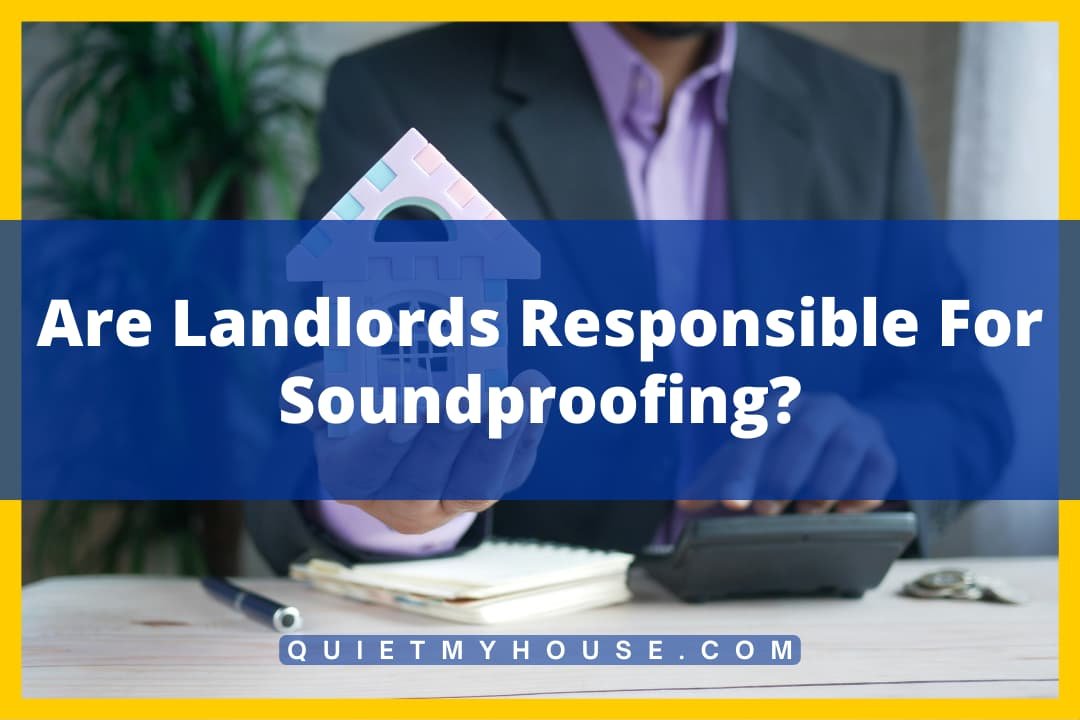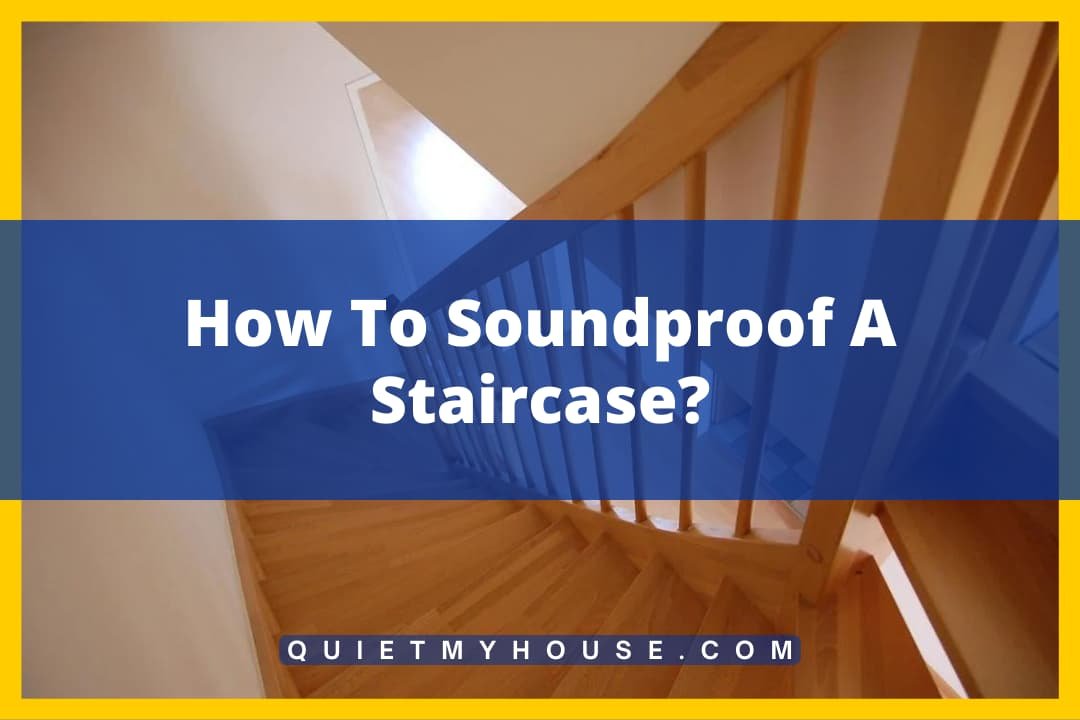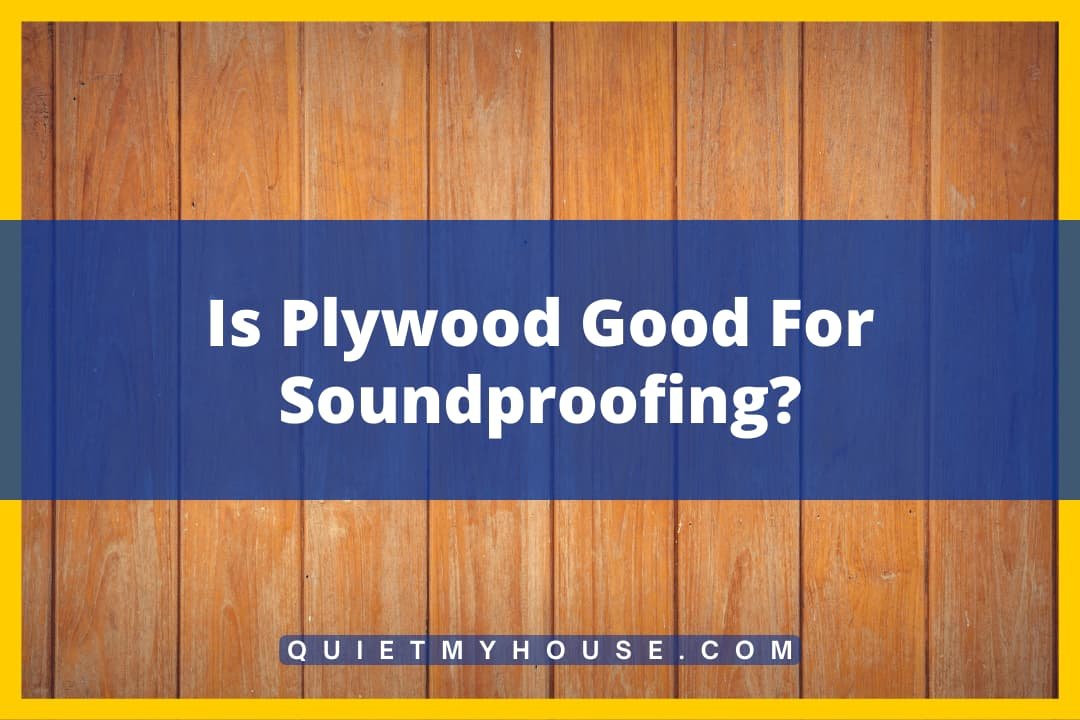Looking for an affordable way to quieten your surroundings? You might have heard of people using egg cartons for soundproofing, turning their homes into near professional studios. Unravel the truth behind this myth in the enlightening article “Do Egg Cartons Work For Soundproofing?” You’ll no longer have a reason to be confused or doubtful about this popular DIY soundproofing method.
Understanding Soundproofing
Soundproofing, a term you’ve likely come across in various contexts, is essentially the process of reducing any sound leaking in or out of a particular space.
It’s relied upon in a multitude of settings, from recording studios to offices, to even homes. But to truly understand the mechanism behind soundproofing, let’s first explore the science of sound waves.
Defining Soundproofing
Soundproofing is a technique used to prevent sound from penetrating or leaving a contained space. When you engage in soundproofing, your objective is to minimize sound leakage, using materials that either block or absorb the sound waves preventing noise disturbances. It involves a deep understanding of how sound waves travel, and how they can be manipulated to achieve a quieter environment.
The Science of Sound Waves
Sound travel through mediums such as air, water, or solids as waves. When someone talks, for instance, their vocal cords produce vibrations that create alternating waves of pressure in the surrounding air.
These waves, when they reach our ears, are what we perceive as sound. High and low pressure zones are created during these waves, which are then translated into the varied sounds we hear every day.
Concept of Noise Reduction and Noise Absorption
In the context of soundproofing, there are two crucial concepts to grasp – noise reduction and noise absorption. Noise reduction relates to the prevention of sound waves from penetrating a barrier or space. This is typically achieved by adding mass or density to create a strong barrier.
On the other hand, noise absorption involves transforming the energy of the sound wave into another form, such as heat, effectively ‘absorbing’ the noise and reducing the echo within the space.
Common Soundproofing Materials
There are various materials used for soundproofing, each with their own unique properties that make them effective in certain applications. Let’s explore some of them.
Insulation Materials
Insulation materials are typically used in the construction of buildings to block sound waves. They are generally lightweight, porous, and can successfully absorb sound waves and effectively reduce noise transfer. Examples include mineral wool, fiberglass, and cellulose.
Mass Loaded Vinyl
Mass loaded vinyl, or MLV, is a thin but super dense material used for its exceptional sound blocking property. It’s often used in constructions, sandwiched between layers of drywall, to prevent sound transmission through walls, floors, and ceilings.
Acoustic Foam
Acoustic foam, recognized by its distinct pyramid or wedge shape, is commonly seen in recording studios. It absorbs sound waves and is particularly effective in reducing echo and improving sound quality within a space.
Different Types of Soundproofing Panels
Soundproofing panels come in various forms. There are absorbent panels designed to improve the acoustics in a room by reducing echoes, diffusive panels that scatter the sound waves, and barrier panels that aim to block out sound altogether.
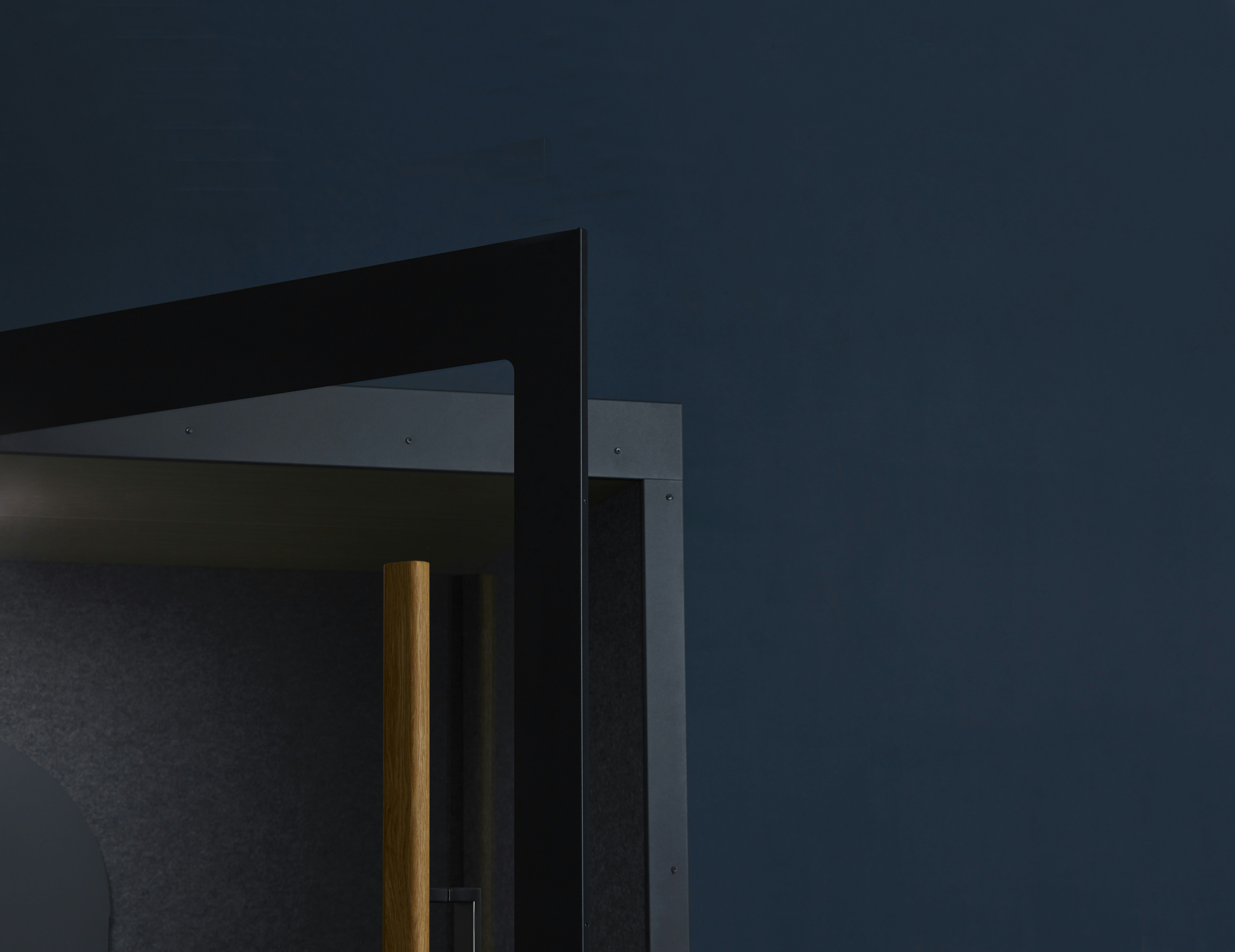
Overview of Egg Cartons
Before delving into the topic of egg cartons as soundproofing materials, it’s essential to first understand what we’re dealing with.
Differentiating Between Egg Crates and Egg Cartons
Egg crates and egg cartons often get mixed up in conversation, but they are not the same thing. An egg carton is specifically designed to hold eggs and protect them from damage.
On the other hand, egg crates refer to a variety of products, including the foam bedding toppers, that replicate the appearance of an egg carton – that distinctive, convoluted shape.
Materials Used to Make Egg Cartons
Egg cartons are usually made from cardboard. Others are made from styrofoam or recycled paper. These materials are lightweight and have some measure of flexibility, perfect for cradling and protecting fragile eggs.
Unique Shape and Design of Egg Cartons
The characteristic design of egg cartons – a flat base with a series of semi-spherical protrusions – serves a dual purpose.
Not only do the individual cups provide a protective nest for each egg, but the overall structure also provides strength and stability to the carton, enabling it to support the weight of a dozen eggs.
Why People Consider Egg Cartons for Soundproofing
You may have heard of people using egg cartons for makeshift soundproofing. But why is this so? Let’s delve into the reasons behind this.
Popularity of Egg Cartons for Makeshift Soundproofing
The theory that egg cartons can be used for soundproofing likely comes from their distinctive shape, which is somewhat similar to that of professional acoustic foam.
Many people, particularly those on a budget or just starting in music or podcasting, consider egg cartons as a readily available and cheap alternative to expensive soundproofing materials.
Egg Cartons and the Concept of Diffusing Sound
Egg cartons, with their unique design, might appear capable of diffusing sound much like an acoustic panel would. Their semi-spherical protrusions could potentially scatter sound waves, reducing echo and reverberation in a space – at least in theory.
Affordability and Accessibility of Egg Cartons
It’s no secret that professional soundproofing can be expensive. Egg cartons, on the other hand, can be readily obtained, often for free. This makes them an attractive option for DIY enthusiasts or anyone looking for a cost-effective way to improve the acoustics in their space.
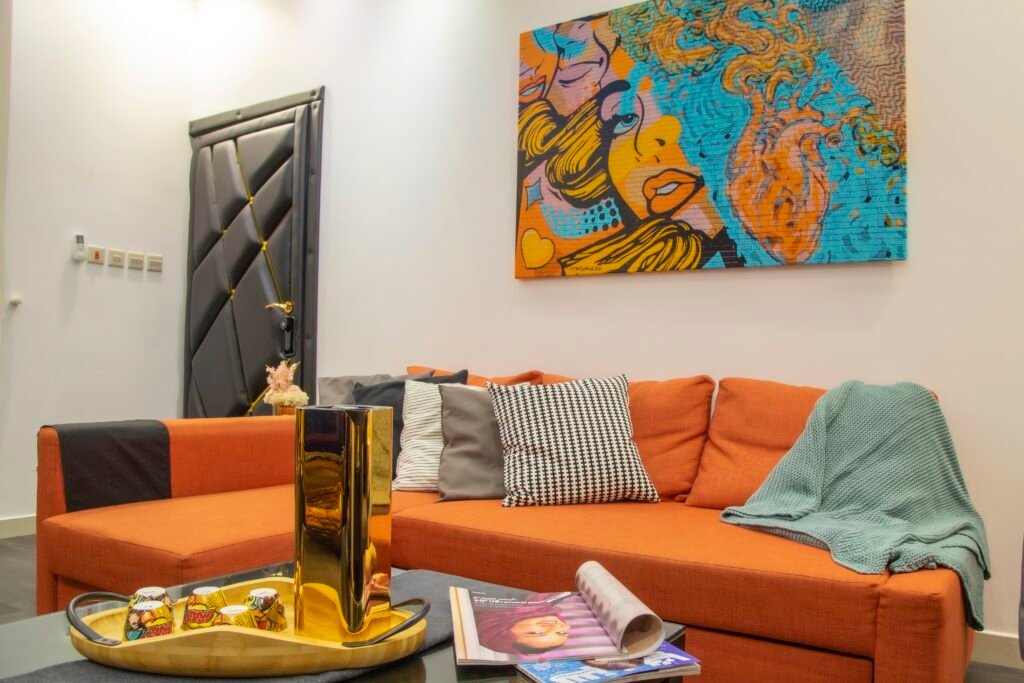
Analyzing the Effectiveness of Egg Cartons for Soundproofing
But the question remains: do egg cartons actually work as soundproofing?
The Theory Behind Soundproofing with Egg Cartons
Theoretically speaking, the shape and design of egg cartons could potentially help with the diffusion of sound and the reduction of echo in an enclosed space. However, this theory mainly relies on the pores and spaces in professional acoustic foam that trap and absorb sound waves – a feature not present in egg cartons.
Comparison of Egg Cartons to Professional Soundproofing Materials
When compared to materials professionally designed for soundproofing, egg cartons fall short. Purpose-built soundproofing materials offer superior performance, due to both their material composition and their design.
They are designed to either absorb sound or increase sound mass, while egg cartons don’t possess sufficient mass or exact design to effectively execute either.
Real-Life Experiments with Egg Carton Soundproofing
In most real-life testing scenarios, egg cartons fail to provide significant soundproofing. Indeed, you may notice a slight reduction in echo, but the effect is often minimal and far from what can be achieved with professional soundproofing materials.
The Myth Versus Reality of Egg Cartons as Soundproofing
Dispelling the Egg Carton Soundproofing Myth
It’s time to put the egg carton soundproofing myth to rest. While they may look somewhat similar to acoustic foam and might slightly reduce echo, their actual effect is limited. The material, thickness, and design of egg cartons are not suitable for effective soundproofing.
Actual Performance of Egg Cartons in Soundproofing
In terms of actual performance, egg cartons don’t contribute much to soundproofing. The thinness and lightness of the carton means there’s little mass to block sound waves. They may diffuse sound to a small degree, but they don’t possess the qualities to absorb sound effectively.
Why Egg Cartons Usually Fail in Soundproofing
Egg cartons usually fail in soundproofing due to their composition. Their lightweight nature, coupled with having insufficient mass or density, renders them ineffective in both absorbing and blocking sound.
Their shape, while similar to professional acoustic foam, doesn’t perform as well in sound dispersion due to a lack of exact design or optimal material properties.

Drawbacks of Using Egg Cartons for Soundproofing
Beyond their limited effectiveness, using egg cartons for soundproofing presents other concerns.
Lack of Mass in Egg Cartons
Egg cartons, in general, lack the density or mass necessary to block sound waves. Professional soundproofing materials have thickness and density that help absorb sound or prevent its transfer. Unfortunately, egg cartons do not possess these traits, making them a subpar solution at best.
Flammability of Egg Cartons
Another worrying aspect of using egg cartons as a soundproofing measure is their high flammability, especially if they’re made from styrofoam or cardboard. This can potentially present a fire hazard, which is a risk you do not want to take.
Problems with Aesthetics and Durability
While this might not be the most crucial consideration, egg cartons don’t exactly provide a sleek or professional look. If you’re setting up a home studio or a place where appearances matter, egg cartons might not be the best choice.
Additionally, they are not designed for longevity, and might degrade much faster than purpose-built materials, presenting issues with durability.
Alternative DIY Soundproofing Techniques
If spending heavily on professional soundproofing is out of your budget, there are alternative DIY soundproofing techniques that you can consider.
Using Mass-Loaded Vinyl
MLV can serve as an effective soundproofing material. Even a thin layer of this super dense material can considerably reduce sound transmission. Stapling MLV to your walls, or placing it on your floors before carpeting, might help you achieve better soundproofing.
Other Affordable Household Items for Soundproofing
You could also consider using household items like heavy drapes, carpets, and bookshelves filled with books to absorb sound and enhance soundproof quality. Regular insulation, while more costly and labor-intensive than tacking up egg cartons, can offer noticeable improvements.
How to Build Your Own Soundproofing Panels
If you’re up for a creative project, you could consider constructing your own soundproofing panels using a wooden frame, insulation materials like mineral wool, and a perforated hardboard surface. These DIY panels can be installed on your walls to help absorb sound and reduce echo.
Professional Soundproofing Solutions
If you can invest in professional soundproofing, there are many options available that offer superior noise control.
Investing in Acoustic Foam
Acoustic foam is one of the most popular soundproofing solutions. It’s specially designed to absorb sound waves, and its unique design helps to diffuse sound and prevent echoes effectively.
Soundproofing with Insulation
Insulation materials such as mineral wool or fiberglass can be highly effective in soundproofing, especially when used within wall cavities or in the construction of soundproof panels.
Digital Solutions and Soundproofing Software
There’s also an array of digital noise reduction solutions available today. Various software can edit out background noise from audio recordings, providing an alternative approach to traditional soundproofing.
Conclusion: Should You Use Egg Cartons for Soundproofing?
Weighing the Pros and Cons
Having explored the concept extensively, it’s clear that while egg cartons are easily accessible and affordable, they offer minimal soundproofing benefit.
At best, they might slightly reduce echo, but their performance falls far short of professional soundproofing materials. Also noteworthy are their flammability and the potential aesthetic concerns they may present.
Egg Cartons Versus Other Soundproofing Methods
When stacked against other soundproofing methods, egg cartons are simply not up to par. They lack the necessary mass to block or absorb sound effectively, and their design, while superficially similar to acoustic foam, is not optimized for diffusing sound. Professional solutions or even alternative DIY methods will likely provide far superior results.
Making the Right Decision for Your Soundproofing Needs
In conclusion, while the idea of using egg cartons for soundproofing may seem appealing due to their cost and availability, their actual performance is less than ideal.
Investing in a professional solution or exploring other DIY techniques will likely yield better results, contributing to a quieter and more acoustically pleasant environment.


